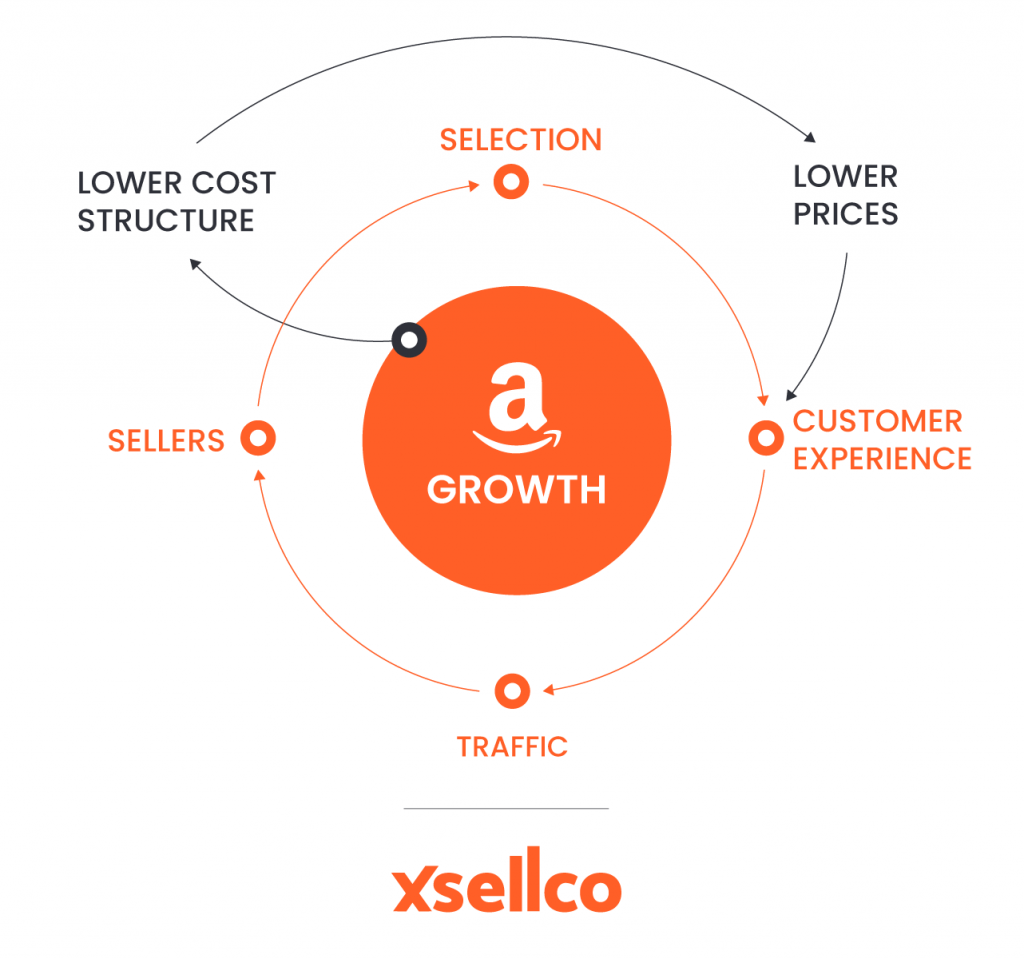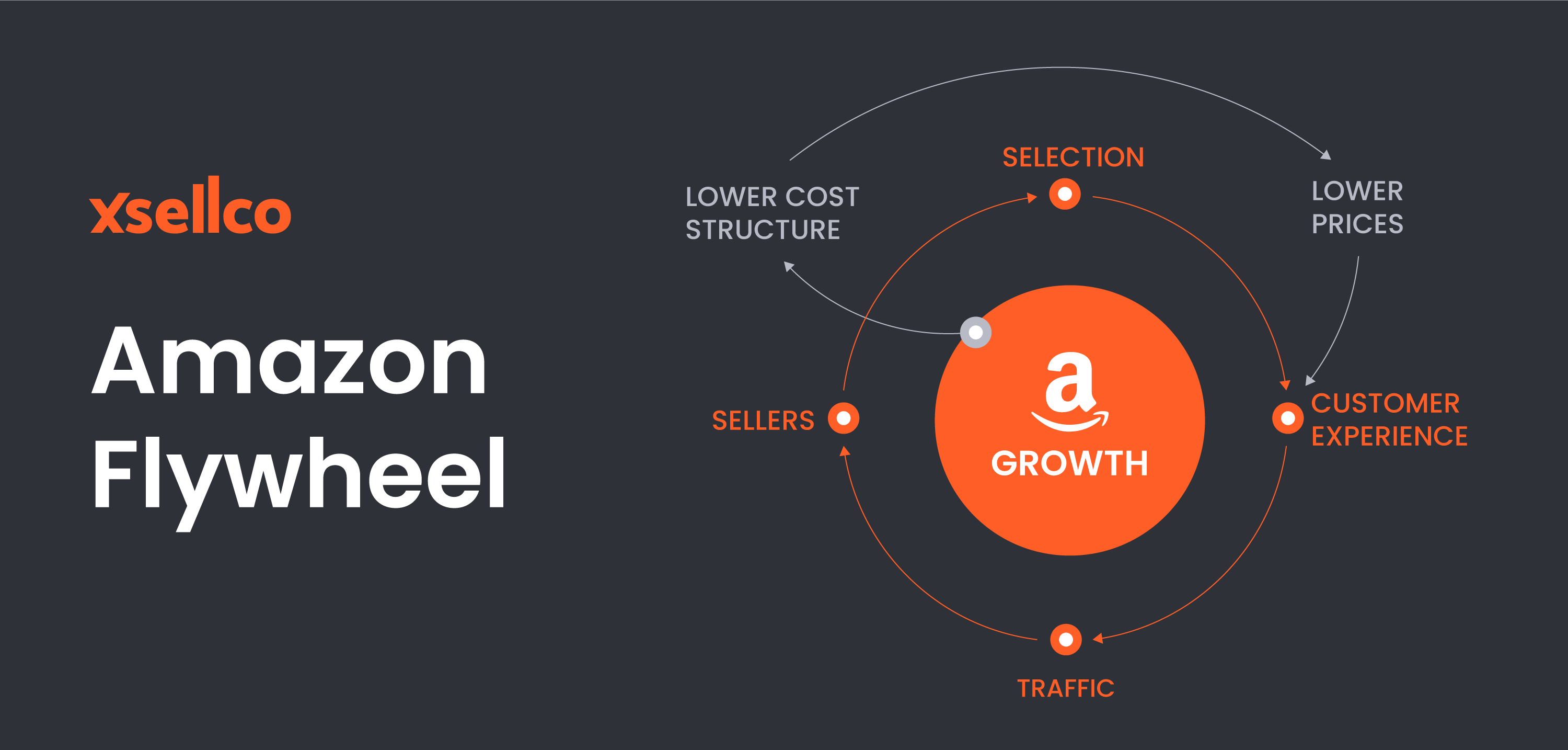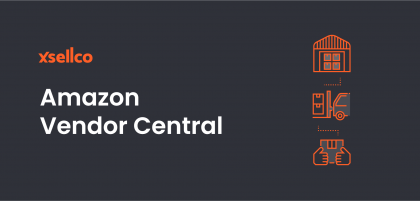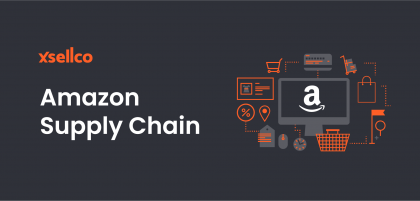Amazon has always had a unique business structure and strategy for growth which has enabled them to take over almost 50% of the entire US ecommerce market. From 2019, their net revenue has increased by more than an incredible $47 billion, but how have they managed to achieve such a high velocity of growth year-on-year? It is down to the Amazon flywheel effect, otherwise known as a ‘virtuous cycle’.
The term’ flywheel effect’ was first used by Jeff Bezos in 2001, at which point Bezos revealed Amazon’s clear growth strategy that, once momentum had picked up, allowed Amazon to mainly stand back and let things unfold.
Essentially, Amazon’s business model always put customers first and works backwards from there. Amazon has done this by putting a consistent emphasis on the customer experience on the Amazon platform, which is primarily affected by price and value.
Price has a knock-on effect on all areas of growth. The lower the prices Amazon can offer, the more appealing the platform will be to consumers, third-party sellers, and thus stakeholders, and in turn, Amazon can then continue to lower their prices, with each propelling the other to keep moving.
What is a Flywheel?
A flywheel is a rotating wheel that is installed as part of a machine to gain momentum. While it’s challenging to get a flywheel moving due to its heavyweight, once it starts turning, the momentum builds gradually until it is eventually able to provide a stable, consistent and robust force for the machine without any assistance.
What is the Amazon Flywheel?
When it comes to the Amazon flywheel business model, think of the low prices as what initially starts to get the wheel turning. Once these low prices attract more consumers and propel more third-party sellers to join the marketplace, there are more stakeholders and Amazon can steadily start to increase the difference in market share between themselves and other online marketplace competitors.

The larger Amazon becomes over time, the lower their price structure can become, and the more conversions that will therefore generate. Amazon’s virtuous cycle continues to loop and gain momentum on its own, providing Amazon with the opportunity to improve their structures, lower their costs, and reinvest money into other ventures. Think Amazon Prime and the Fulfilled by Amazon (FBA) program, both are products of the Amazon flywheel machine that has built up over the years and allowed them to reinvest in other ventures to bring them even further ahead of the competition.
Using the Amazon Flywheel Strategy
When using the flywheel business model in your own strategy, it’s essential to think of it as a mindset and way of thinking, rather than a specific plan of action or roadmap to follow. Each change you make to your strategy should essentially aim to accelerate growth and move you one step closer to your KPIs, though some improvements will naturally have more of a noticeable effect than others.
Some critical aspects of the Amazon flywheel strategy to incorporate into your campaigns are:
1. Customer Experience
Customer experience refers to any interaction or happening that occurs throughout the relationship between a consumer and a brand. To get your flywheel model moving, keeping a close eye on every aspect of your customer experience is essential.
To do so, closely monitor all your customer performance metrics on Amazon and other online marketplaces such as ticket volume, ticket backlog, average resolution time, average response time, customer satisfaction score, and much more.
As a seller, you should always be looking for new ways to improve on your customer’s buying journey and optimise their user experience, right from the first time potential customers come across your products and up to the moments after they’ve made a purchase.
There are several obvious ways to improve your customer experiences, such as prices, product selection, delivery times and experiences, and customer service management.
2. Be Dynamic
One thing Amazon is renowned for is announcing and bringing out new ventures, whether it’s Amazon Prime, Prime Video, Same-day Shipping and much more. Take a leaf out of Amazon’s book and never let your promotion methods or online strategies go stale.
To kickstart the flywheel model and keep building the momentum for growth, sellers should always be trying new ways to drum up attention, be it through better advertising campaigns or more attractive product deals.
3. Optimize for SEO
All product listings on Amazon and other online marketplaces should have search engines in mind and be fully optimised to rank, or you will be putting yourself at a disadvantage. You won’t gain visibility in the SERPs.
Make sure to consider the target keywords for each of your products and incorporate these into product titles, descriptions, feature lists, and more. The better your visibility in search, the more sales you will receive and, as sales increase, your rankings also benefit. SEO is a prime example of the flywheel model with these small efforts having long term and continuous effects on your overall selling strategies.
4. Analyse Your Products
Another critical aspect of the flywheel concept is related to the products you have to offer. It’s important to regularly analyse your product catalogue and take a proactive approach to manage your inventory. Sellers should aim to have a constant understanding of their top-selling products, any that are underperforming or have lost their shelf life, and so on.
It’s not enough to replenish your inventory when stocks run low. Instead, you should always be looking for new opportunities to expand your product offering and not be afraid to discontinue a product if it doesn’t hit targets.
5. Monitor Your Reputation
Last but not least, prioritise your reputation. When it comes to third-party selling or generating any ecommerce sales for that matter, reputation is everything. We are all guilty of heading straight to read a product review or review of a brand before we make a purchase, so we feel more confident in our buying decision.
Online sellers should aim to provide as many trust signals as they can online by making sure you have a legitimate website, social platforms, an existing customer base, and a bank of glowing product reviews. By putting effort into monitoring, managing and building on your reputation, you will see a benefit in sales, in rankings and overall revenue – each stage of your customer journey is linked.
Final Thoughts
It can take time to get your flywheel business model off the ground and moving. Once your strategy has gained momentum as a combination of your mixed efforts, though, your brand’s growth will become unstoppable to the point where, like Amazon, it becomes almost entirely self-sufficient.
In a nutshell, the Amazon flywheel model is about making small changes that will, in turn, influence other aspects and keep the wheel turning. There are two main elements to prioritise – customer experience and low prices. Get these two aspects of your strategy right and closely monitor them, and your flywheel will be propelling in no time.








